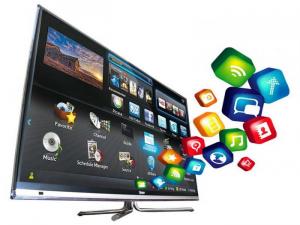
The deployment of digital television in our country favors, among other things, the quality of the signal received and the decongestion of the radio spectrum, as well as the possibility of introducing more programming channels and new services
Although the most immediate feature that people perceive, regarding the process of digital terrestrial television (DTT) in Cuba, is the clarity of the image, we are talking about a technology that not only represents modernity and quality of the signal but also ensures greater energy efficiency and decongestion of the radio spectrum. This last aspect opens up the possibility of introducing more programming channels and new services in the frequency space currently occupied by the analog signal, which would also lead to greater deployment of 4G mobile telephony.
It also allows new forms of creation and enrichment of audiovisual production, by being able to transmit information in text and image format, and is an additional way to offer radio programming with digital audio quality, told our newspaper Glauco Guillén Nieto, director of the Telecommunications Research and Development Institute (Lacetel), one of the centers that has accompanied the advance of digital terrestrial television since the signal began to be deployed in 2013.
In this sense, he explained, data broadcasting and electronic programs guide are some of the added values. However, it must be acknowledged that initial expectations with these options have not materialized and that their features can be better used to provide, for example, public transportation routes or statistics associated with a ball game while the match is being broadcast, he added.
"The good news is that we are working hard on developing our solutions for both services in an academy-company joint venture. By doing so, we will have solved the technological limitations, although we must continue to insist on the organizational capacity to take advantage of these resources."
According to Guillén Nieto, digital terrestrial television is an inevitable change and is part of the implementation of the country's policy aimed at strengthening the role of telecommunications in the nation's political, economic and social development, also based on progressively achieving technological sovereignty.
As part of this intention, the Digital Television Laboratory was established in Lacetel almost seven years ago, and its performance has allowed the adaptation of the receivers to the specific conditions of the Island. "As a result, all models marketed from 2013 to date, both Set-Top-Boxes (STB) and TV sets, have been evaluated according to the specifications and operational requirements set by the Ministry of Communications (Mincom)".
THE ADOPTION OF THE DTMB STANDARD
Internationally, there are four recognized standards for the application of the digital television service: the Digital Terrestrial Multimedia Broadcast (DTMB), developed by the People's Republic of China; the Advanced Television Systems Committee (ATSC), from the United States; the Integrated Services Digital Broadcasting (ISDB-T), from Japan; and the Digital Video Broadcasting (DVB), from the European Union.
The process of adopting one of these standards for the development of digital terrestrial television in our country was preceded by the work of a specialized commission that, for more than ten years, analyzed and evaluated the technical information and field tests carried out not only in Cuba but also in Venezuela, Peru, Ecuador, Colombia, Chile, Brazil, and other countries, explained Glauco Guillén Nieto.
"After the studies and the references of these measurements, practical tests were carried out in 2007 and 2009 in Havana and other regions of Latin America, which showed that the DTMB standard was the most convenient due to its reception sensitivity, the error correction system, the capture and penetration rates, among other characteristics," he explained.
Thus, the executive recalled, a memorandum of understanding was signed on June 5, 2011, between MINCOM and the National Development and Reform Commission of China for the promotion of technological and industrial cooperation in the field of digital television.
It is worth noting that the Chinese standard allows hybrid TV sets and decoder boxes to be developed and manufactured in Cuba, which in turn contributes to the technological sovereignty and training of our specialists.
ON CHALLENGES AND SHORTCOMINGS
The scarce availability of receptors in the network of stores, and models at more affordable prices to all sectors of the population, are some of the recurrent claims when dealing with the issue of digital television in Cuba; a scenario that becomes more complex with the country's current economic situation and the intensification of the U.S. blockade.
Therefore, the strategy has been directed to satisfy the demand of these devices in those places where the partial transition is developed, to minimize the impact of the output by analogical frequency of the Educational Channel. However, this situation delays the process and its benefits.
For example, as the final blackout is delayed, channels 52 to 69, which occupy the 700 MHz band, are kept operational. "Once this band is freed up, and its use redirected to mobile communications, it would allow considerable savings in the investment and maintenance costs of telecommunications deployment," stated Lacetel's director.
In turn, he considered, these savings could constitute the source of financing for the acquisition of receivers that are still lacking for each school and home to access the digital signal.
Another frequent complaint is related to the post-warranty of the reception equipment, since many times the cost of repairing the so-called box is almost similar to the marketable value of a new device.
On this issue, Boris Luis Jimenez Torriente, Director of Technological Development of Copextel, told our newspaper that from the same contract that the company has with
the industry, the service provided by the workshops is aimed at changing the plate of the decoder box, which is almost always the damaged element. "What we do is the renovation of the piece itself."
Although scientific projects have been presented with solutions to repair at the level of the components, as it happens that many times the breaks are related to welding problems and once these are rectified, the functionality is returned to the receiving equipment, this work system is not certified, he claimed.
It also happens, he said, that to carry out these repairs, specialized tools and instruments are needed that Copextel does not currently possess and would have to be acquired on the international market.
While the results achieved by digital terrestrial television and its current transition phase reflect that the population will not be left in the lurch during the implementation of this program and that work is being done to generate new content and value-added services, it is also clear that the implementation of this technology has not been without its limitations.
What is good, or perhaps more encouraging, is that the agencies and entities that are watching over the transition from analog to digital are aware of these problems and are planning solutions.
IN NUMBERS
In the country there are currently:
-118 centers from which the DTT signal is transmitted throughout the country
-115 standard definition (SD) digital transmitters with 70.5% coverage of the population served
-18 High Definition (HD) transmitters with 23 % coverage
-All provincial headers are covered with the SD and HD signal
-The provinces that have better DTT conditions are Havana, Matanzas, Sancti Spíritus and the special municipality Isla de la Juventud (these last two territories due to the partial transition)
This year it is expected:
-The installation of 60 additional transmitters, which will increase the coverage of SD to 76.1% and in HD to 45.6%.
Until the beginning of November, Copextel had sold more than
-30,600 Gelect STB boxes
-14 245 TV sets
-29 065 antennas





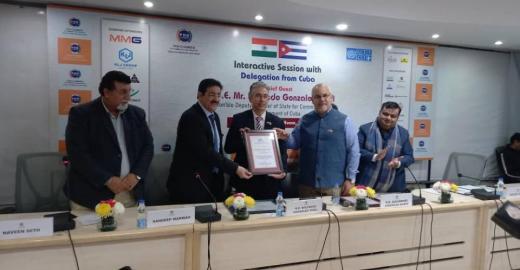
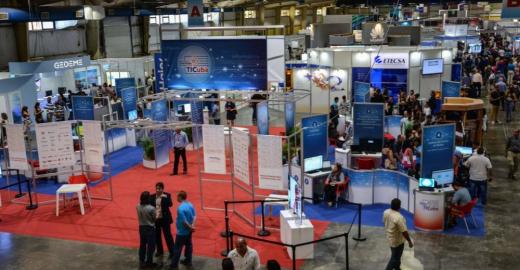
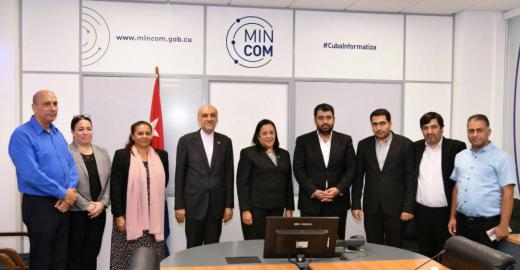



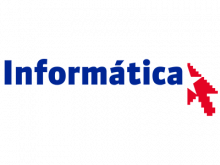

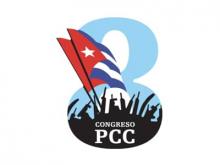
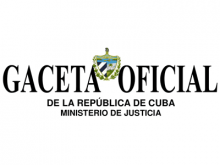
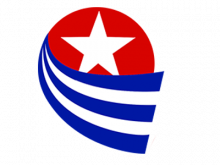
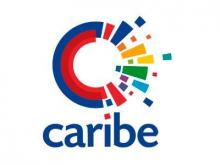
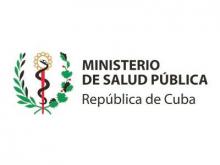
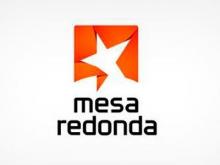
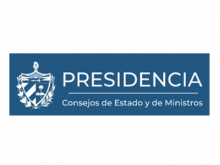

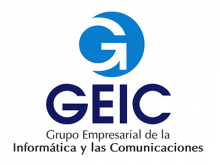
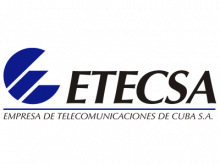
Publicar nuevo comentario